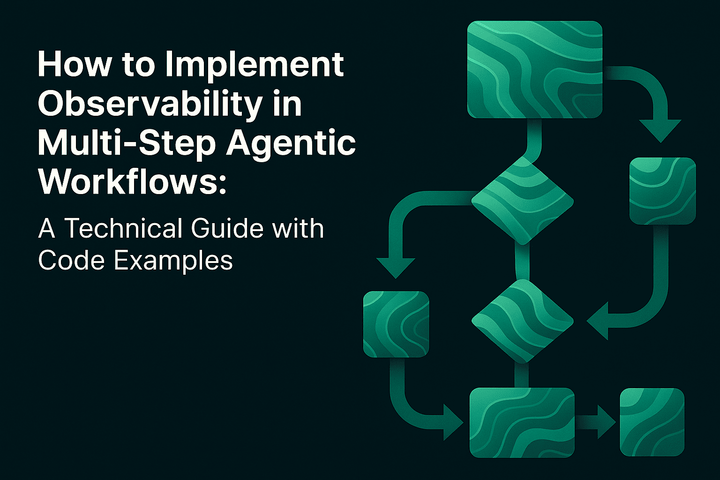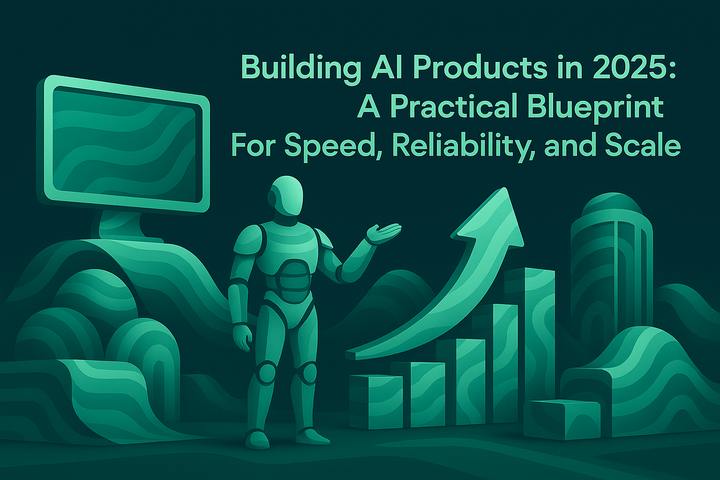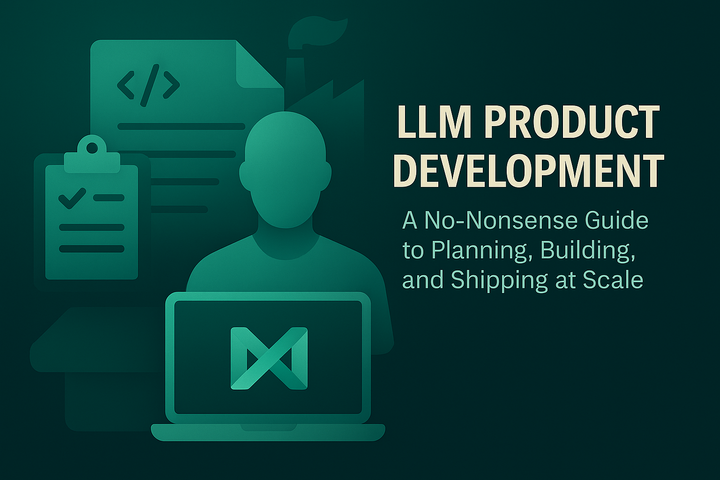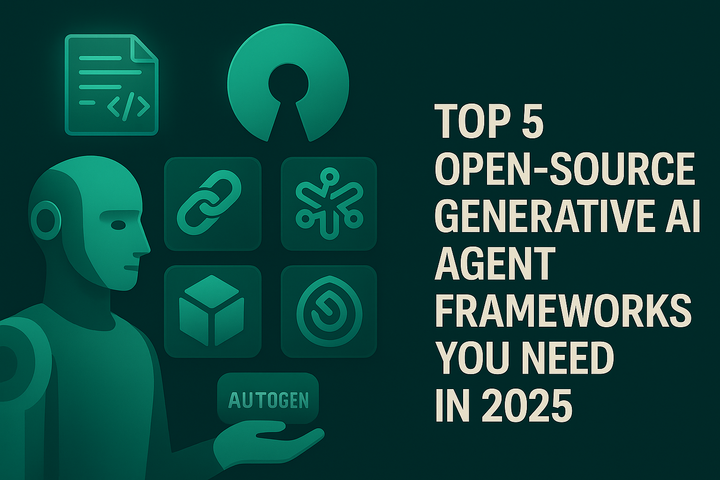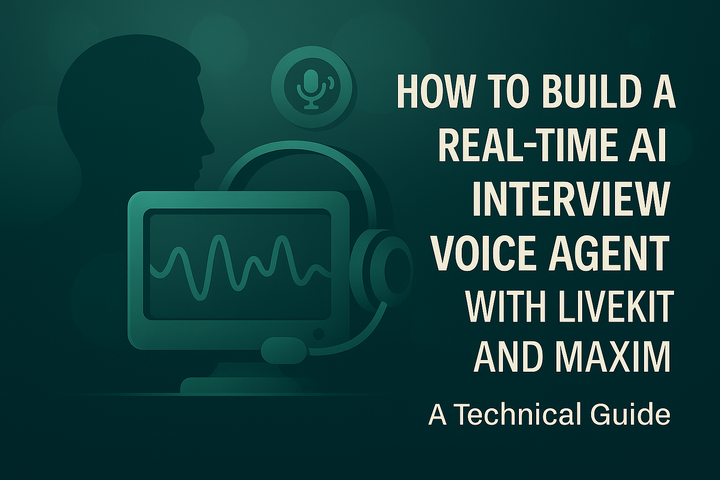
Building Production-Ready Multi-Agent Systems: Architecture Patterns and Operational Best Practices
Multi-agent systems represent a fundamental shift in how AI applications handle complexity. When a single large language model cannot efficiently process multiple concurrent tasks, distributing work across specialized agents becomes necessary. However, this distribution introduces coordination overhead, failure dependencies, and monitoring challenges that require careful architectural planning.
This guide examines
